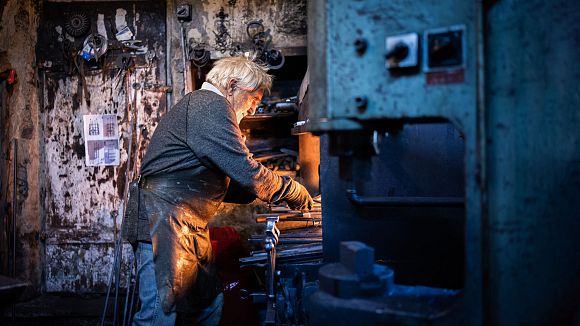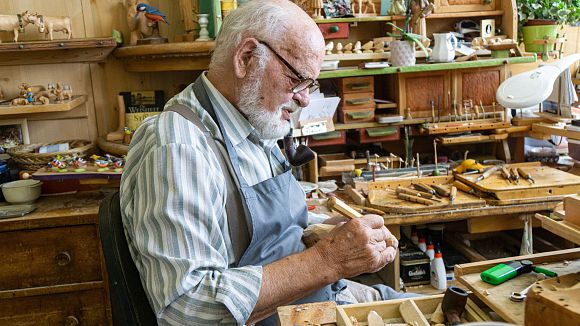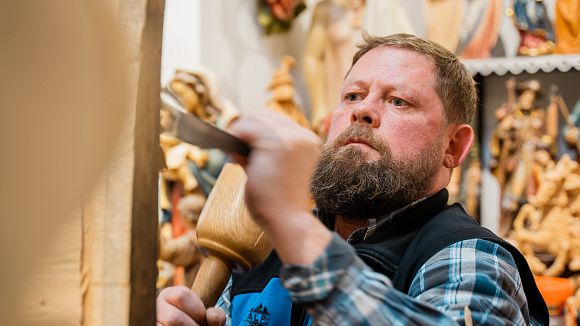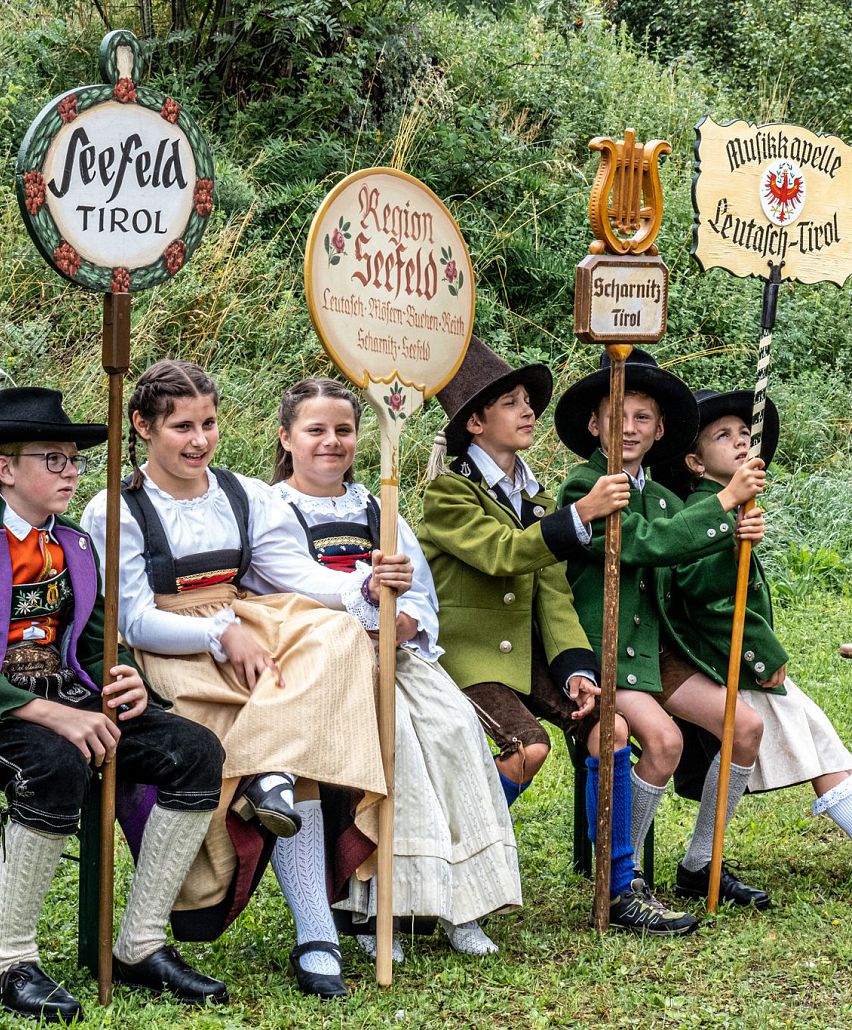
von Janina Sauer
September 01, 2022
TRUE LOCALS
The traditional costume: Our most beautiful cloth
Our most beautiful G'wand – and everything you should know about it
Known worldwide and yet so few know what it really has to do with it: The festive costume. Not only every valley, but even almost every village has its own. Between tradition and homeland solidarity, the traditional costume is much more than a worldwide known "alpine cliché" or a costume. Already the movie "The Sound of Music" from 1965 spread the image of the Austrian traditional costume all over the world. However, one should never make the mistake of lumping the terms "Tracht" and "Trachtenmode" together, whether as a newcomer (like me) or as a vacationer, because they are by no means the same thing, even if the terms are still so similar.
Traditional costume equals traditional fashion?
Traditional costume – a festive garment for special occasions – is truly a part of folk culture. But what exactly is it all about and what exactly is the difference between traditional costume and traditional fashion? As an ignorant person, you can quickly put your foot in your mouth. But don't worry, to avoid that, we have summarized the most important things for you here.
Traditional costume ≠ traditional fashion
The costume as a mirror of society
The traditional costume is full of history and has always acted as a mirror of economic and social development, which is why the costume is also constantly evolving. In the past, the traditional costume could be used to identify not only the origin, but also the marital status of the wearer. It is still worn today, especially during processions or celebrations. It stands for festivity and community and increases the sense of belonging.
As the saying goes, "Clothes make the man." According to Dr. Angelika Neuner from Mösern, a costume specialist and studied ethnologist, you almost feel like a different person in the festive garment. You walk more upright and virtually slip into a different role. In addition, she says, women have to pay attention to a proper "sitting culture" – not that the skirt slips and you suddenly show more skin than you actually want.
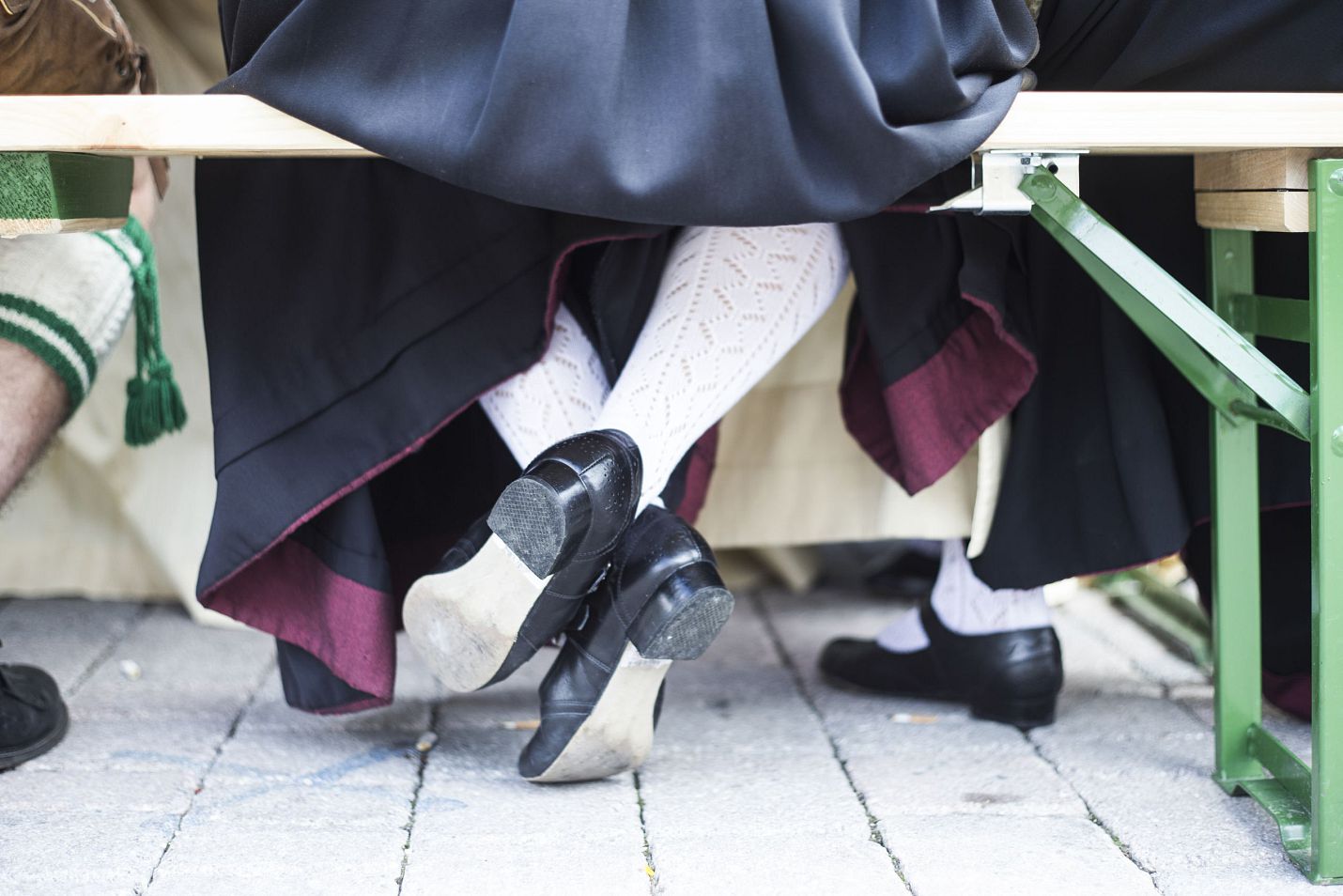
"Seat culture" with the traditional costume
A dying traditional craft
The traditional costume is therefore an individual festive garment, closely associated with the wearer, which is made of fine fabrics – a true traditional craft, which only a few still master. Due to the decreasing number of traditional costume tailors in the surrounding communities, the people of Seefeld even travel as far as Garmisch to get their valuable – almost museum-quality – traditional costume. They wear their distinctive professionally tailored custom-made costumes with pride. Unfortunately, it is becoming more and more difficult to obtain the valuable fabrics, as there are fewer and fewer companies offering such fine fabrics.Although there is a cross-community plateau costume in the Region Seefeld, you can still find different costumes of the various associations.
The typical Seefeld plateau costume
The cross-community Pleateautracht consists of a blue bodice garment, a black skirt and a golden apron or a red bodice and a blue apron. Typical for the Seefeld plateau costume are especially the so-called ham sleeves of the blouse. For men, the traditional costume consists of a short blue jacket, a blue jacket and long dark trousers. The Seefeld plateau costume is known for its refined details, such as embroidered flowers or fine gold trim. Of course, there is also a special Sunday and winter costume.
Dr. Angelika Neuner describes the Seefeld laced bodice costume – an element from Spanish court fashion – as "living traditional costume". It is worn with pleasure, but above all with pride and dignity, and is always adapted to the times.
The traditional costume: not an outfit for every day
No matter how often you would like to wear your beloved traditional costume, you have to be careful, because the noble materials can only be dry cleaned. For the humid and cheerful celebrations, therefore, the fashionable traditional costume fashion is more suitable. This, by the way, says nothing about the origin or marital status of the wearer, but it is available in all colors, fabrics and designs – so there is something for every taste!
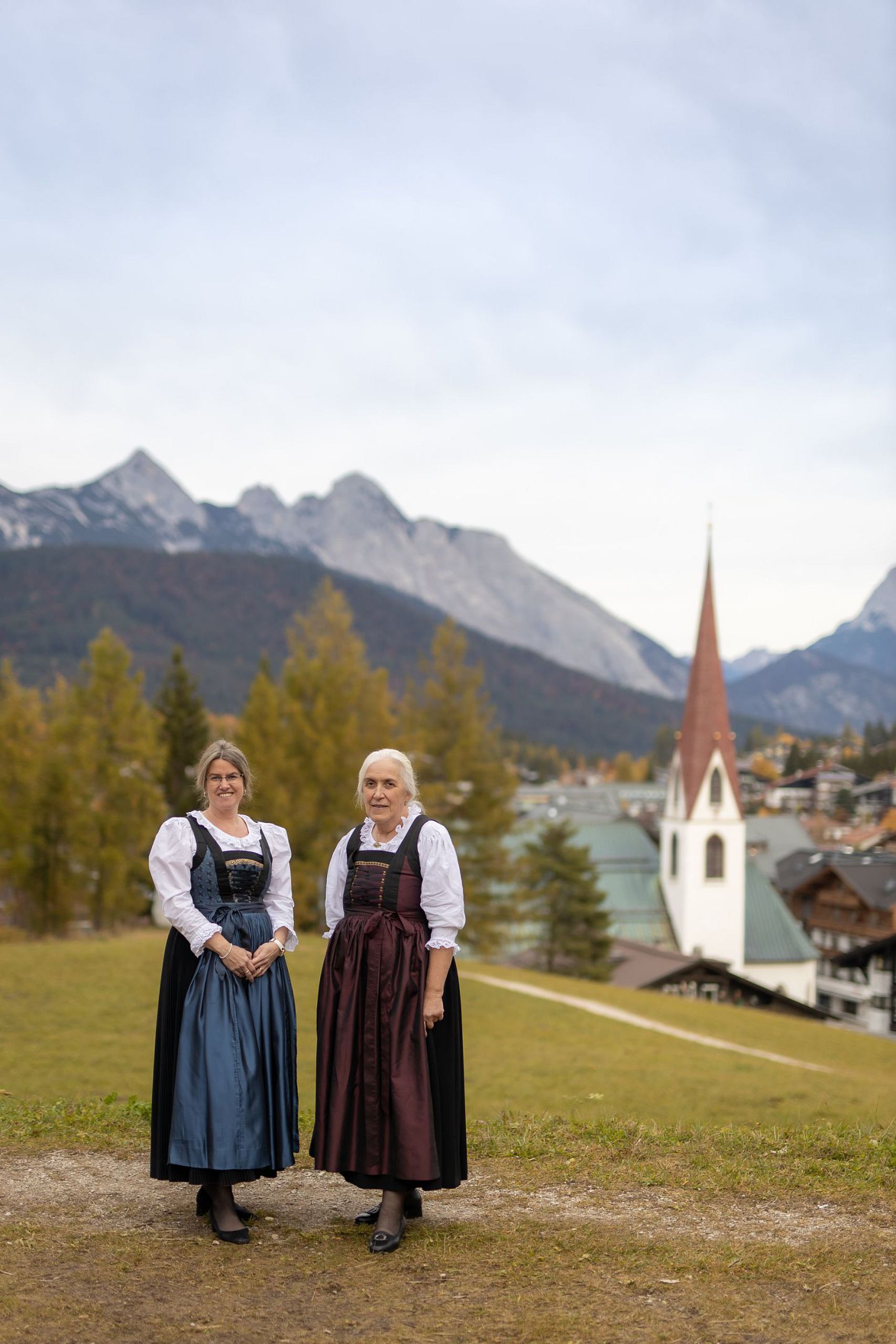
Traditional costume in the Seefeld region
A fashionable alternative
A traditional festive costume can therefore unfortunately not buy, but should you still be looking for a stylish dirndl or chic leather pants for the next folk festival, you will certainly find it here:
* Trachten Loisel
* Sport & Mode Albrecht
The well-filled calendar of events in the Region Seefeld offers many opportunities to wear and admire traditional costumes. One of the most beautiful occasions: the annual crafts festival. Here, numerous craftsmen:inside always meet in Seefeld on the 2nd weekend of September to maintain and display their craft traditions. Two very special highlights: the annual traditional costume parade with around 800 "Trachtler", who wear a wide variety of traditional costumes from all over the Alpine region. The special exhibition on the subject of "Everything about traditional costume" also offers an insight into this almost forgotten craft. In addition, there's real folk music at the craft festival, a historic tractor parade and a farmers' market, where regional and market-produced goods are offered.
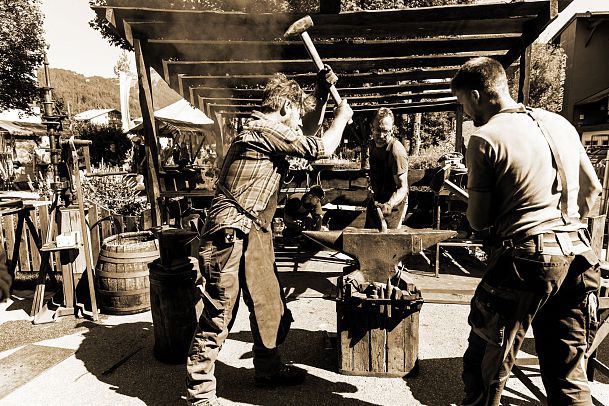
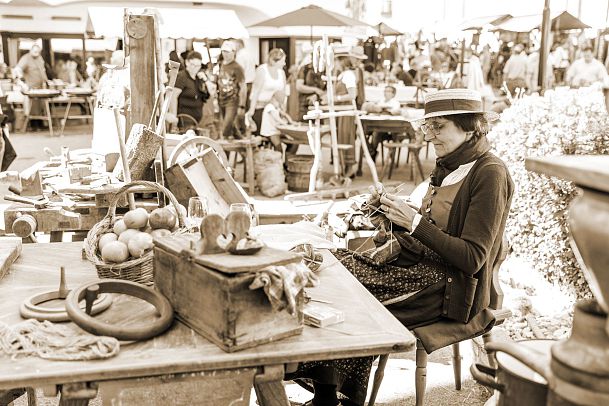
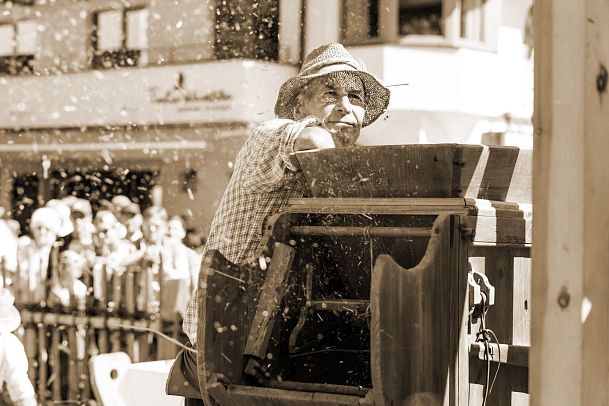
Share
